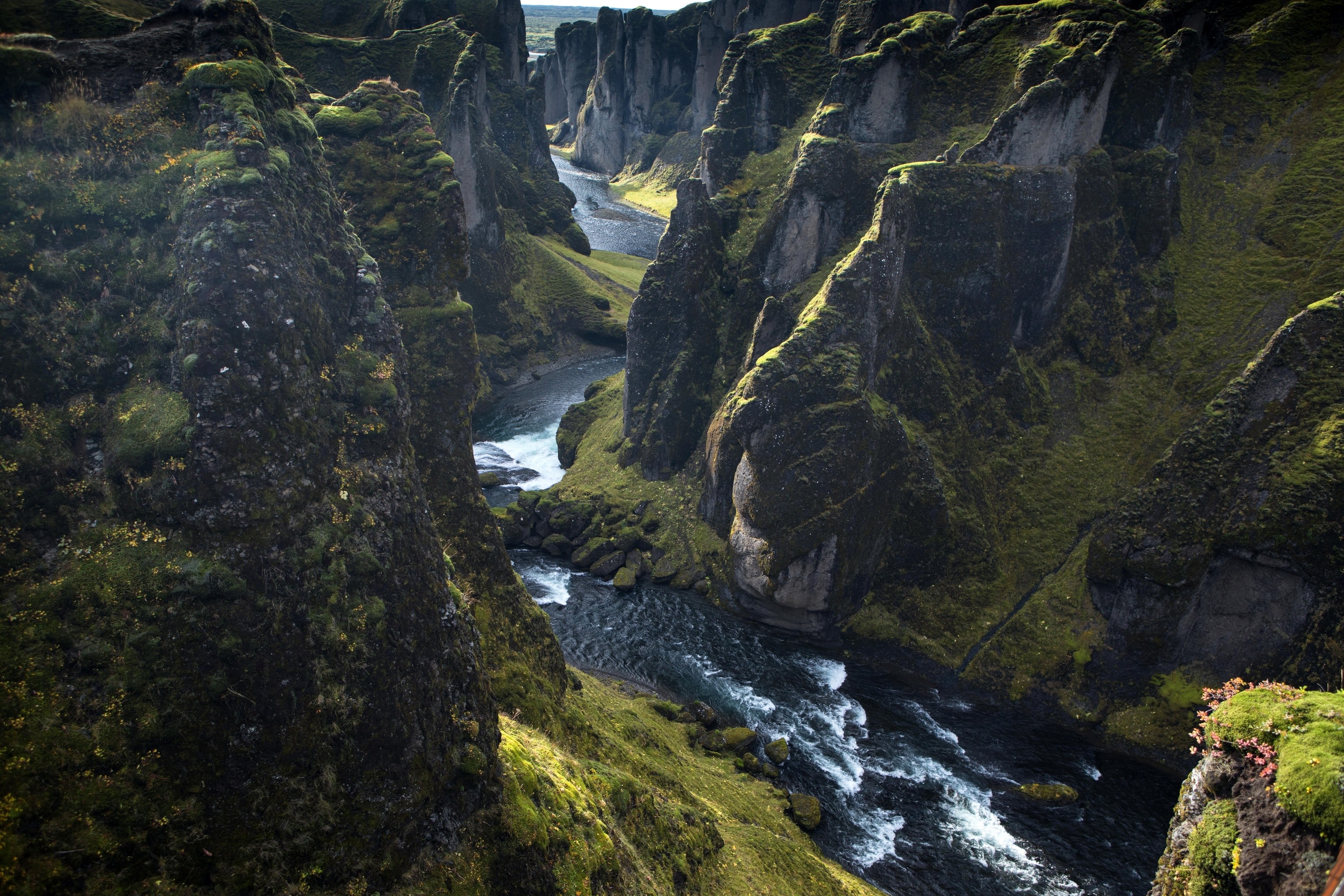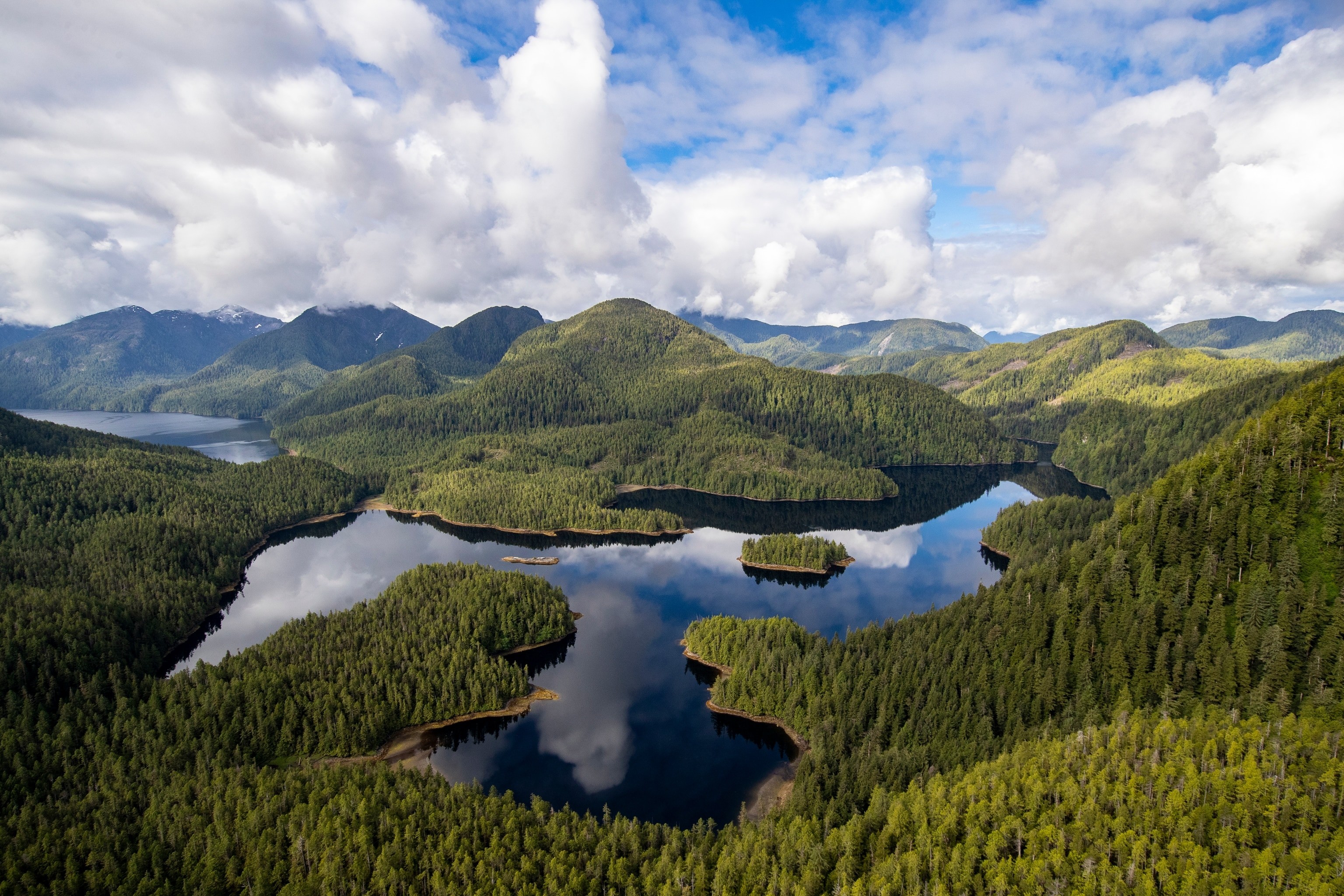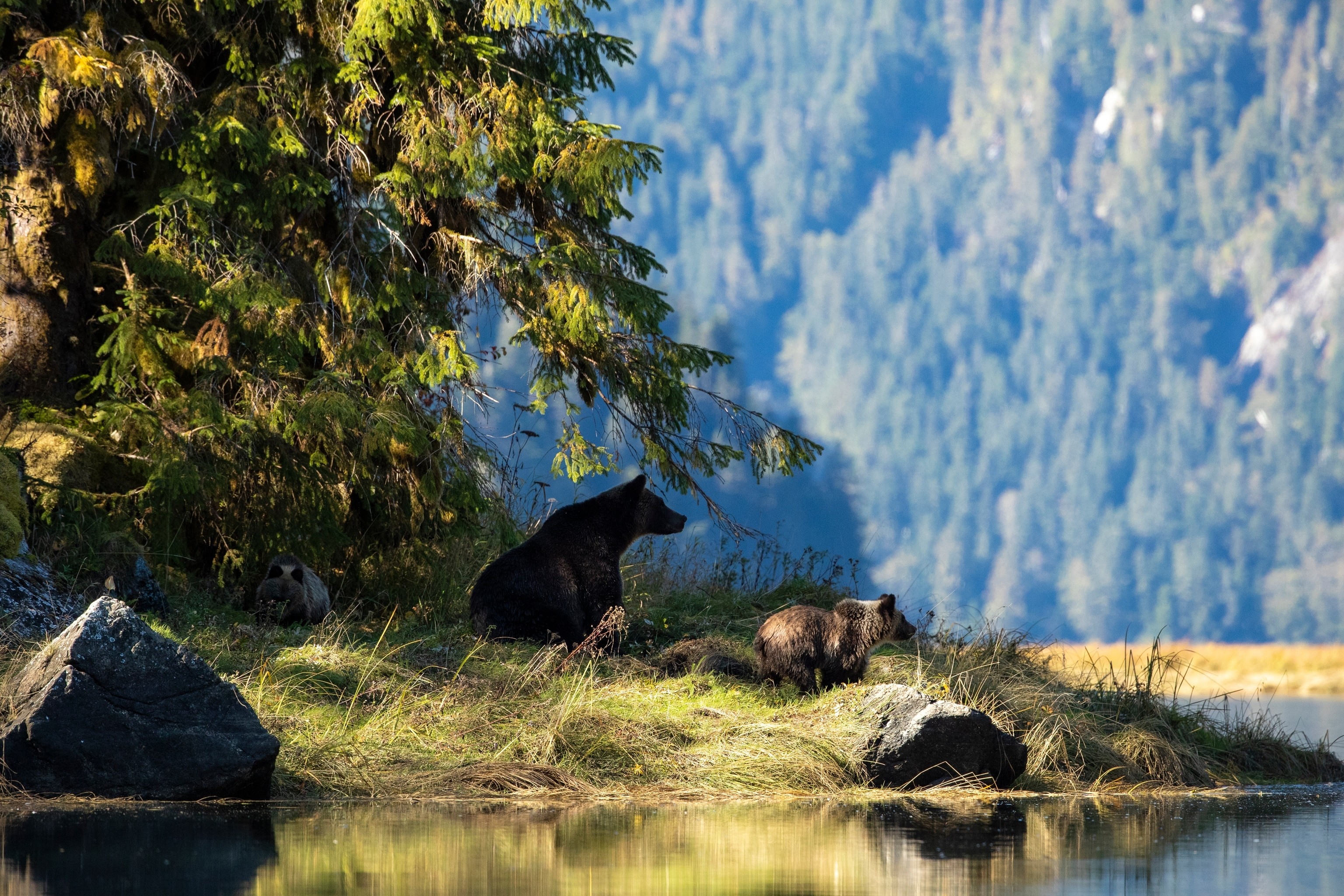Are you passionate about travel but also concerned about the impact on fragile environments? Should Tourism Be Limited to preserve these precious destinations? SIXT.VN believes sustainable travel is key to enjoying the beauty of Vietnam while protecting its natural and cultural treasures. Let’s explore how responsible tourism and careful planning can make a difference, offering tips on eco-friendly travel, cultural preservation, and sustainable tourism development.
1. Why Should Tourism Be Limited in Certain Areas?
Yes, tourism should be limited in certain areas to protect fragile environments, preserve cultural heritage, and ensure sustainable development. Unregulated tourism can lead to habitat destruction, pollution, and cultural degradation. According to the United Nations Environment Programme (UNEP), unsustainable tourism practices can deplete natural resources, generate excessive waste, and disrupt local communities. Limiting tourism allows for better management of resources and preservation of unique ecosystems.
Expanding on the Need for Tourism Limits:
- Environmental Protection: High tourist traffic can damage delicate ecosystems. For example, the increased foot traffic in Iceland’s Fjaðrárgljúfur Canyon, popularized by Justin Bieber’s music video, led to significant damage to surrounding vegetation, as highlighted by National Geographic. Similar issues have been observed in other natural wonders worldwide.
- Cultural Preservation: Overcrowding can dilute the cultural authenticity of a place. Traditional practices, local customs, and historical sites may suffer from commercialization and disrespect. The United Nations Educational, Scientific and Cultural Organization (UNESCO) emphasizes the importance of preserving cultural heritage by managing tourism sustainably.
- Economic Sustainability: Controlled tourism can lead to more stable and long-term economic benefits for local communities. By limiting the number of visitors, destinations can focus on attracting higher-value tourists who are more likely to spend money on local goods and services, supporting local economies without causing overexploitation.
 The water running through Fjaorargljufur Canyon in South East Iceland
The water running through Fjaorargljufur Canyon in South East Iceland
2. What Strategies Can Help Ease Overcrowding in Tourist Destinations?
Visitor management systems, timed entry permits, and promoting alternative destinations can help ease overcrowding in tourist destinations. Many national parks and protected areas use these strategies to limit the number of visitors and reduce environmental impact. According to a report by the World Tourism Organization (UNWTO), effective destination management is crucial for mitigating the negative effects of overtourism.
Specific Strategies to Combat Overcrowding:
- Timed Entry and Permit Systems: National parks like Rocky Mountain and Yosemite in the U.S. have introduced timed-entry permit systems to manage crowds, as reported by 5280.com. Similarly, Machu Picchu in Peru limits access with timed entries and specific trail restrictions, as noted by CNBC.
- Lottery Systems: Implementing lottery systems for access to popular sites can ensure fair distribution and reduce crowding. This approach allows for better control over the number of visitors and minimizes the impact on the environment.
- Promoting Alternative Destinations: Encouraging tourists to visit lesser-known attractions can alleviate pressure on popular sites. National Geographic suggests exploring hidden gems to avoid the crowds and support local communities in less-visited areas.
- Banning Cruise Ships: Venice banned large cruise ships from entering its waters to protect the city’s lagoon, as reported by The New York Times. This measure helps preserve the city’s infrastructure and cultural heritage.
- Visitor Pledges: Destinations like Iceland, New Zealand, and Hawaii ask tourists to sign pledges to protect nature and respect local culture. These pledges promote responsible behavior and raise awareness about sustainable practices.
- High-Value, Low-Volume Tourism: Bhutan has adopted a “high-value, low-volume” tourism strategy, attracting fewer but higher-spending tourists who contribute more to the local economy while minimizing environmental impact, as discussed by Good Tourism Blog.
3. How Can Tourism Contribute to Conservation Efforts?
Controlled tourism can generate revenue for conservation efforts, support local communities, and raise awareness about environmental issues. Ecotourism, in particular, focuses on responsible travel to natural areas, conserving the environment, and improving the well-being of local people. According to the International Ecotourism Society (TIES), ecotourism can provide economic incentives for conservation and promote sustainable development.
Ways Tourism Supports Conservation:
- Revenue Generation: High-value tourism in Rwanda generates over $18 million per year, contributing to the repopulation of gorillas, according to the World Travel and Tourism Council (WTTC). This revenue supports conservation efforts and provides economic opportunities for local communities.
- Community Involvement: Involving local communities in tourism initiatives ensures that they benefit from conservation efforts. This can lead to greater support for protecting natural resources and preserving cultural heritage.
- Awareness and Education: Tourism can raise awareness among travelers about the importance of conservation and sustainable practices. Educating visitors about the local environment and culture can encourage responsible behavior and promote long-term conservation efforts.
- Conservation Enterprises: Supporting social and conservation enterprises can connect travelers with meaningful experiences that benefit local communities and protect natural resources. Jordan, in partnership with Tourism Cares, has created a “meaningful travel map” to promote such experiences, as mentioned by National Geographic.
- Indigenous Stewardship: Recognizing and supporting the role of Indigenous peoples in stewarding the land is crucial for conservation. Indigenous communities often possess traditional knowledge and practices that promote sustainable resource management.
 an aerial view of the coastal lake in an old growth forest
an aerial view of the coastal lake in an old growth forest
Old growth trees surround a coastal lake in Great Bear Rainforest in Canada.
4. What Role Do Indigenous Communities Play in Sustainable Tourism?
Indigenous communities play a crucial role in sustainable tourism by preserving cultural heritage, protecting natural resources, and promoting responsible tourism practices. Their traditional knowledge and practices are essential for maintaining the balance between tourism and conservation. Elizabeth Kapu’uwailani Lindsey, a National Geographic Explorer, emphasizes the interconnectedness of environmental hotspots and culturally endangered places, highlighting the need to learn from Indigenous wisdom.
Key Contributions of Indigenous Communities:
- Cultural Preservation: Indigenous communities maintain and share their unique cultural traditions, enriching the tourism experience and promoting cultural understanding.
- Environmental Stewardship: They possess traditional knowledge about sustainable resource management and conservation practices, which are vital for protecting natural ecosystems.
- Community-Based Tourism: Indigenous-owned and operated tourism initiatives, such as Spirit Bear Lodge in Canada, revitalize local communities and fund conservation efforts, as noted by National Geographic.
- Advocacy and Education: They advocate for responsible tourism practices and educate visitors about the importance of respecting local culture and the environment.
- Economic Empowerment: Tourism provides economic opportunities for Indigenous communities, allowing them to maintain their traditions and improve their quality of life.
5. How Can Technology Help Manage Tourism and Reduce Its Impact?
Technology can help manage tourism and reduce its impact through virtual reality experiences, geotagging strategies, and smart destination management systems. Virtual reality can offer immersive experiences of fragile sites without physically visiting them, reducing the burden on these destinations. The Leave No Trace organization encourages the use of generic geotags to prevent overcrowding at specific sites. Paul Marshall, Neom’s chief environment officer, envisions using technology to transform how people engage with nature and conservation.
Technological Solutions for Sustainable Tourism:
- Virtual Reality (VR): VR can provide virtual tours of fragile sites, allowing people to experience their beauty without causing physical damage. France’s Lascaux caves, closed since 1963, share their prehistoric art through a replica cave, high-tech traveling exhibitions, and virtual tours on their website, as mentioned by National Geographic.
- Geotagging Strategies: Using generic geotags on social media can help prevent overcrowding at specific sites. This approach encourages exploration of alternative locations and reduces the impact on popular destinations.
- Smart Destination Management Systems: These systems use data analytics to monitor tourist behavior, manage crowds, and optimize resource allocation. They can provide real-time information to visitors, helping them make informed decisions about where to go and what to do.
- AR/VR Applications: Neom plans to use AR/VR technology to create inside-out visitor centers, projecting educational information onto the real landscape, as described by Paul Marshall. This approach enhances the visitor experience while minimizing environmental impact.
- Mobile Apps: Mobile apps can provide information about sustainable tourism practices, local culture, and alternative destinations. They can also facilitate responsible behavior by providing tips on waste reduction, water conservation, and respecting local customs.
 A mother grizzly bear and her yearling cubs gaze across a river in Great Bear National rainforest
A mother grizzly bear and her yearling cubs gaze across a river in Great Bear National rainforest
A mother grizzly bear and cubs in Great Bear Rainforest
6. What Are the Benefits of “High-Value, Low-Volume” Tourism?
“High-value, low-volume” tourism focuses on attracting fewer but higher-spending tourists who contribute more to the local economy while minimizing environmental impact. This approach can lead to more sustainable economic benefits and greater investment in conservation efforts. Bhutan has successfully implemented this strategy for decades, as discussed by Good Tourism Blog.
Advantages of High-Value, Low-Volume Tourism:
- Increased Revenue: Higher-spending tourists generate more revenue for local businesses and communities, supporting economic development and improving living standards.
- Reduced Environmental Impact: Fewer visitors reduce the strain on natural resources and ecosystems, minimizing pollution and habitat destruction.
- Enhanced Cultural Preservation: With fewer tourists, cultural sites and traditions are better preserved, and local communities can maintain their cultural identity.
- Greater Investment in Conservation: Increased revenue can be reinvested in conservation efforts, such as protecting wildlife, restoring ecosystems, and promoting sustainable practices.
- Improved Visitor Experience: Fewer crowds and a focus on quality over quantity can enhance the visitor experience, creating more meaningful and enriching travel experiences.
7. What Are Some Examples of Successful Sustainable Tourism Initiatives?
Several destinations around the world have implemented successful sustainable tourism initiatives, demonstrating the potential for balancing tourism with conservation and community development. These initiatives include community-based tourism projects, ecotourism certifications, and sustainable destination management programs.
Successful Sustainable Tourism Examples:
- Rwanda’s Gorilla Tourism: High-value tourism permits generate over $18 million per year, contributing to the repopulation of gorillas, as noted by the World Travel and Tourism Council (WTTC).
- Bhutan’s Tourism Strategy: Bhutan’s “high-value, low-volume” tourism strategy has successfully preserved its culture and environment while generating economic benefits for local communities.
- Spirit Bear Lodge in Canada: Owned and operated by the Kitasoo Xai’xais Nation, the lodge welcomes visitors and funds conservation efforts, revitalizing the local community, as reported by National Geographic.
- Jordan’s Meaningful Travel Map: Jordan, in partnership with Tourism Cares, promotes experiences that tread lightly, disperse travelers, and have a significant community impact.
- Lascaux Caves in France: The use of virtual reality and replica caves allows visitors to experience the prehistoric art without damaging the original site.
8. How Can Travelers Make More Responsible Tourism Choices?
Travelers can make more responsible tourism choices by supporting local businesses, respecting local culture, reducing their environmental impact, and choosing eco-friendly accommodations and tour operators. By being mindful of their actions and decisions, travelers can contribute to sustainable tourism and help protect the destinations they visit.
Tips for Responsible Travelers:
- Support Local Businesses: Shop at local markets, eat at local restaurants, and purchase locally made products to support the local economy and reduce the environmental impact of transportation.
- Respect Local Culture: Learn about local customs and traditions, dress respectfully, and be mindful of your behavior. Avoid activities that exploit or disrespect local culture.
- Reduce Environmental Impact: Minimize waste, conserve water and energy, and choose eco-friendly transportation options. Avoid activities that harm the environment, such as littering or damaging natural habitats.
- Choose Eco-Friendly Accommodations: Stay in hotels and guesthouses that have implemented sustainable practices, such as using renewable energy, conserving water, and reducing waste.
- Choose Sustainable Tour Operators: Select tour operators that are committed to responsible tourism practices, such as minimizing environmental impact, supporting local communities, and respecting local culture.
- Offset Carbon Footprint: Consider offsetting your carbon footprint by donating to organizations that support carbon reduction projects, such as reforestation or renewable energy development.
9. What Are the Potential Drawbacks of Limiting Tourism?
While limiting tourism can protect fragile environments and preserve cultural heritage, it can also have potential drawbacks, such as reduced economic benefits for local communities, limited access for travelers, and potential social inequality. It is essential to carefully consider these drawbacks and implement strategies to mitigate their impact.
Potential Drawbacks of Tourism Limits:
- Reduced Economic Benefits: Limiting tourism can reduce revenue for local businesses and communities, particularly those that rely heavily on tourism for their livelihoods.
- Limited Access: Restrictions on access can limit the ability of travelers to experience unique and culturally significant destinations, potentially reducing overall tourism satisfaction.
- Social Inequality: Lottery systems and high-value tourism strategies can create social inequality by favoring wealthy travelers and excluding those with limited financial resources.
- Enforcement Challenges: Enforcing tourism limits can be challenging, requiring significant resources and effective monitoring systems.
- Negative Perceptions: Restrictions on tourism can create negative perceptions of destinations, potentially deterring future visitors and damaging the tourism industry.
10. How Does SIXT.VN Promote Sustainable Tourism in Vietnam?
SIXT.VN promotes sustainable tourism in Vietnam by offering eco-friendly transportation options, supporting local businesses and communities, and promoting responsible travel practices. We are committed to minimizing our environmental impact and contributing to the long-term sustainability of Vietnam’s tourism industry.
SIXT.VN’s Sustainable Tourism Initiatives:
- Eco-Friendly Transportation: We offer a range of fuel-efficient vehicles and promote the use of public transportation and cycling to reduce carbon emissions.
- Support for Local Businesses: We partner with local businesses and communities to provide authentic and sustainable travel experiences.
- Responsible Travel Practices: We educate our customers about responsible travel practices, such as respecting local culture, minimizing waste, and conserving water and energy.
- Community Engagement: We support community-based tourism initiatives that empower local communities and promote sustainable development.
- Environmental Conservation: We contribute to environmental conservation efforts by supporting reforestation projects and promoting the protection of natural habitats.
SIXT.VN is your trusted partner for exploring Vietnam responsibly. Contact us today to book your sustainable travel experience!
- Address: 260 Cau Giay, Hanoi, Vietnam
- Hotline/Whatsapp: +84 986 244 358
- Website: SIXT.VN
 an aerial view of the coastal lake in an old growth forest
an aerial view of the coastal lake in an old growth forest
FAQ About Limiting Tourism
1. What is overtourism?
Overtourism occurs when the number of tourists exceeds the carrying capacity of a destination, leading to negative impacts on the environment, local communities, and the visitor experience.
2. Why is it important to manage tourism sustainably?
Sustainable tourism ensures that tourism activities minimize negative impacts and maximize positive contributions to the environment, local communities, and the economy.
3. What are some strategies to reduce overtourism?
Strategies include timed entry permits, promoting alternative destinations, banning cruise ships, and implementing visitor pledges.
4. How can technology help manage tourism?
Technology can provide virtual tours, promote generic geotagging, and use smart destination management systems to monitor tourist behavior and optimize resource allocation.
5. What is “high-value, low-volume” tourism?
This approach focuses on attracting fewer but higher-spending tourists who contribute more to the local economy while minimizing environmental impact.
6. How can travelers make more responsible tourism choices?
Travelers can support local businesses, respect local culture, reduce their environmental impact, and choose eco-friendly accommodations and tour operators.
7. What are the potential drawbacks of limiting tourism?
Drawbacks include reduced economic benefits for local communities, limited access for travelers, and potential social inequality.
8. How can tourism contribute to conservation efforts?
Tourism can generate revenue for conservation, support local communities, and raise awareness about environmental issues.
9. What role do Indigenous communities play in sustainable tourism?
Indigenous communities preserve cultural heritage, protect natural resources, and promote responsible tourism practices.
10. How does SIXT.VN promote sustainable tourism in Vietnam?
SIXT.VN offers eco-friendly transportation, supports local businesses, and promotes responsible travel practices to minimize our environmental impact and contribute to the long-term sustainability of Vietnam’s tourism industry.
By understanding the importance of sustainable tourism and making responsible choices, we can all help protect the beauty and cultural heritage of Vietnam for future generations. Let SIXT.VN be your guide to an unforgettable and sustainable travel experience!



